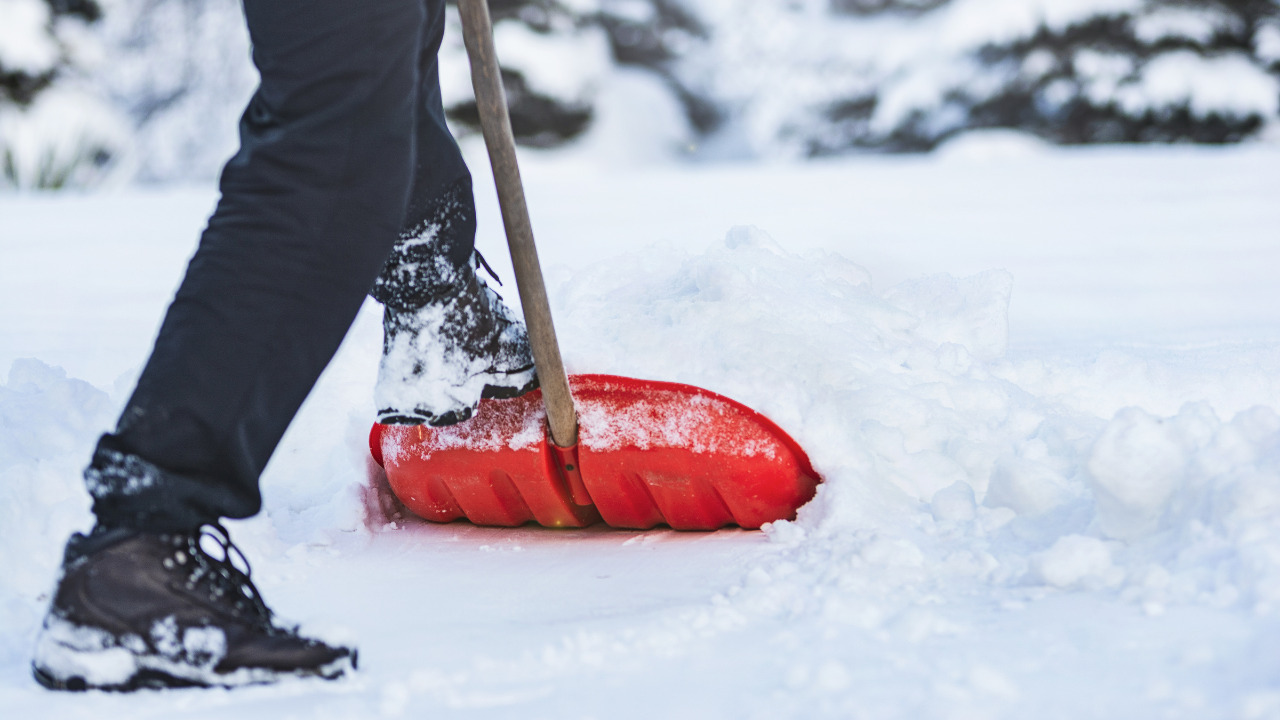Private driveways could become temporarily blocked by snow from plowed roadways. Shovel a space along the shoulder at the entry to help prevent snow from accumulating and blocking your driveway.
The action of plow blades will significantly reduce the snow in front of your driveway. Read the article below for advice on avoiding damage to your grass and walkways this winter before using your snow plough.
Contrary to what the general public thinks, it is feasible to enjoy the snow while maintaining a tidy yard and ice-free road. You need to clear a space in the plow’s path as he travels down your street so that there won’t be any snow left over to cover the end of your driveway when he reaches it.
Table of Contents
Things To Consider Before Plowing The Snow
Place Skid Pads Appropriately
Ensure the skid pads are properly positioned beneath the snow plow blades before you start plowing. Absence of skid pads or skid pads that are too high causes snow plow corners to snag elevated corners and make shallow gashes in concrete.
Some homeowners view these scratches as normal wear and use, while some who have recently installed brand-new patterned or stained driveways find them unattractive. Instead of pushing the snow forward, try dragging it back into the road.
Ensure the skid pads are adjusted so the blade won’t gouge the concrete. Last but not least, steer clear of pushing the plow across the driveway at an angle because doing so lessens the risk that the blade may slash into the driveway’s surface.
Prepare Snow Plow Blades
As many snow removal businesses have done, apply a rubber or polyurethane cutting edge to your snow plow’s blades. The likelihood of inflicting damage will be reduced because of these softer edges, which will lessen the impact on your driveway.
It might be a sensible decision to hire a reputable snow removal company to come out and remove the snow and ice for you if you can’t afford it or don’t want to. The vast amounts of snow these industrial plows can handle can be done with the least amount of harm.
Use De-Icers Carefully
The introduction of these ice-melting solutions over the past few years has helped to reduce the requirement for snow plows and the presence of slick surfaces. But the terrible thing about these products is that they also harm a lot of outside plants and can be harmful to animals.
Rock salt can radically change the chemical composition of soil to dangerous levels. The risk of burning down the grass, shrubs, and other plants is still present with urea, even though it is less likely to harm vegetation.
If you must use a deicing product instead of clearing snow, choose one that contains calcium magnesium acetate. This salt-free, biodegradable product is about ten times more expensive than rock salt but doesn’t harm the environment or corrode concrete much.
Don’t Use Ice Pickers On Driveways
Many wrongly think using an ice pick is a good substitute for a snow plow. An ice pick should never be used on driveways or other concrete surfaces. At all costs, avoid doing this because it can seriously damage these surfaces.
Spend money on an ice blower. Even a basic ice blower is a smart investment in northern cities. Since less effort is required than shoveling, it can also turn out to be safer for the user. Investing this winter can safeguard your driveway from harm and lower your risk of suffering a heart attack or back injury. We assure you that it will be priceless.
Never Ignore The Curb Areas
Most skilled plow drivers take steps to save the smooth asphalt, but the margins of the driveway are also at risk. Snow accumulation can cause substantial damage to curbs made of asphalt. As the snow starts to fall, the driveway borders become nearly invisible to the plow drivers, making them difficult to avoid.
After a plowing incident, think about designating the curbs as an alternative to redoing the driveway. Mark the edges of the driveway with marker flags or other warning devices. Whatever you choose to designate the driveway’s edge, ensure it’s tall enough for the drivers to see in snowfall to avoid it.
Apply Sealant On Your Concrete Driveways
Driveway sealing is another option to prepare for winter and safeguard your driveway. The driveway is covered and shielded by this fine coating against high temperatures and physical strain, such as when using half-ton or one-ton trucks to shovel the snow.
Any scraping that occurs when a plow makes contact with the surface is done against the sealant rather than the driveway surface. There are only so many steps you can take to protect your driveway.
Not every fissure is the product of poor plowing; expansion-and-contraction cycles eventually wear down any asphalt or concrete surface. Every time it rains or snows, water seeps into the tiny cracks in the driveway. Cracks can grow or widen when temperatures fall below the freezing point.





